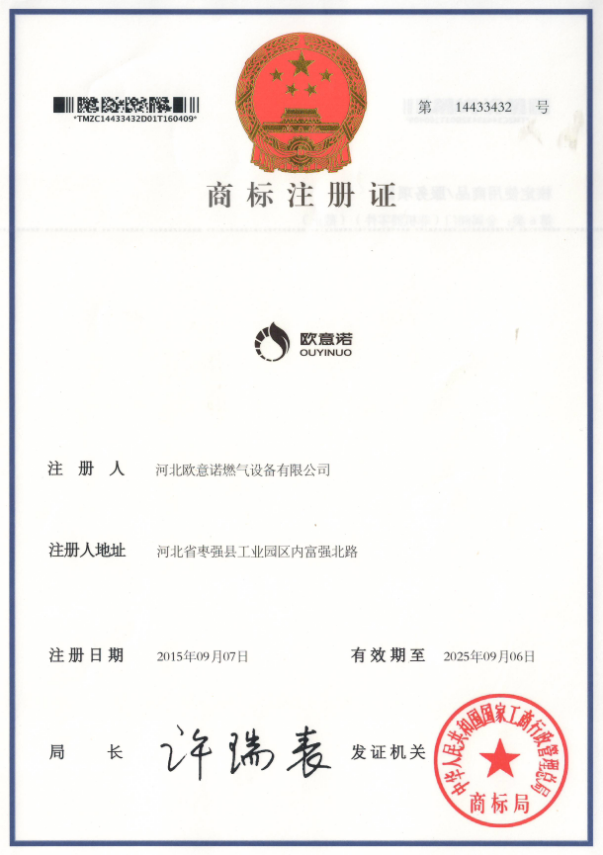
Oct . 07, 2024 05:21
Back to list
electric regulating valve
Understanding Electric Regulating Valves An Essential Component in Modern Automation
Electric regulating valves play a crucial role in various industrial processes by regulating the flow of fluids in piping systems. These devices are designed to modulate the flow, pressure, and temperature of fluids, ensuring that systems operate efficiently and safely. As industries become increasingly automated, electric regulating valves have gained significance due to their precision, reliability, and ease of integration with control systems.
What is an Electric Regulating Valve?
An electric regulating valve consists of a valve body, actuator, and positioner. The valve body can be a globe, ball, butterfly, or any other type, depending on the specific application. The actuator, which is powered by electricity, controls the valve’s opening and closing based on commands received from a control system. The positioner ensures that the valve reaches the desired position, providing feedback to maintain accuracy and stability in the flow regulation.
Applications of Electric Regulating Valves
Electric regulating valves are widely used across various sectors. In HVAC systems, they help control the flow of air or water, maintaining desired temperatures and energy efficiency. In the chemical industry, these valves regulate the flow of reactants, ensuring optimal conditions for chemical reactions. In water treatment facilities, they manage the flow of water and chemicals for purification processes. Additionally, electric regulating valves are crucial in power generation, where they control steam and water flow in turbines.
electric regulating valve

Advantages of Electric Regulating Valves
One of the primary benefits of electric regulating valves is their precision. Unlike manual valves, which can be subject to user error, electric valves can be operated with high accuracy based on predetermined settings. This reduces the risk of over or under-flow, which can lead to costly production downtime or safety hazards.
Another advantage is the ability to integrate these valves into automated control systems. This integration allows for real-time monitoring and adjustments, contributing to improved process efficiency. The use of digital communication protocols, such as Modbus or Profibus, facilitates seamless communication between the valve and the control system, enabling remote operation and diagnostics.
Additionally, electric regulating valves require less maintenance compared to pneumatic or hydraulic valves. Since they do not rely on compressed air or fluid power, the chances of wear and tear associated with leakages and pressure drops are significantly reduced.
Conclusion
In conclusion, electric regulating valves are indispensable components in modern industrial automation. They enhance process control, improve operational efficiency, and require minimal maintenance compared to traditional valve types. As the demand for automation continues to rise across various industries, the significance of electric regulating valves is likely to grow. Whether in manufacturing, energy production, or environmental management, these valves contribute to creating more efficient and safe operational environments, marking their importance in the industrial landscape. As technology advances, innovations in the design and functionality of electric regulating valves will further enhance their capabilities, making them an essential asset in the future of industrial automation.
Next:
Latest news
-
Safety Valve Spring-Loaded Design Overpressure ProtectionNewsJul.25,2025
-
Precision Voltage Regulator AC5 Accuracy Grade PerformanceNewsJul.25,2025
-
Natural Gas Pressure Regulating Skid Industrial Pipeline ApplicationsNewsJul.25,2025
-
Natural Gas Filter Stainless Steel Mesh Element DesignNewsJul.25,2025
-
Gas Pressure Regulator Valve Direct-Acting Spring-Loaded DesignNewsJul.25,2025
-
Decompression Equipment Multi-Stage Heat Exchange System DesignNewsJul.25,2025

